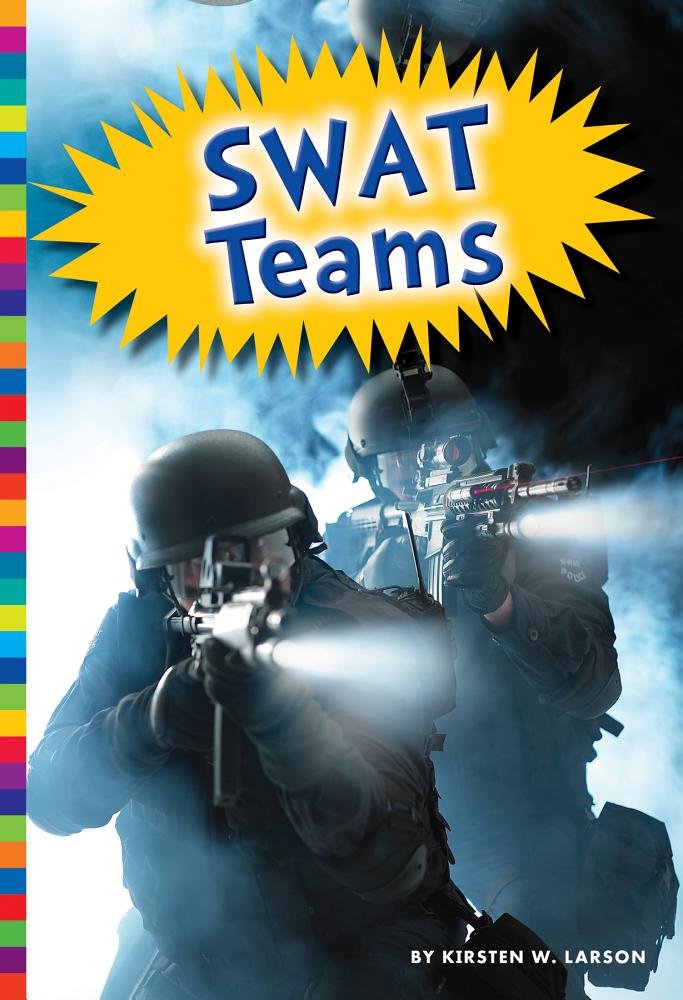When we think of SWAT teams, images of high-stakes standoffs and dramatic rescues often come to mind. These specialized units are portrayed in movies and television shows as the ultimate law enforcement heroes, equipped with advanced weaponry and tactical gear. But what exactly do SWAT teams do in real-life situations? Beyond the media portrayals lies a complex world of training, strategy, and precision that defines their role in modern policing.
Special Weapons and Tactics (SWAT) teams are an integral part of many police departments across the country. Their primary mission is to handle critical incidents where standard police procedures may not suffice. From hostage situations to active shooter events, SWAT officers are trained to preserve life and property during some of the most challenging scenarios faced by law enforcement. Understanding their duties and responsibilities sheds light on how these elite units contribute to public safety.
The Role of SWAT Teams in Modern Policing
Special Weapons and Tactics (SWAT) teams are specialized units within police departments tasked with handling high-risk situations that go beyond the capabilities of regular officers. The Burbank Police Department's SWAT team, for example, focuses on preserving life and property during critical incidents such as hostage situations, barricaded suspects, and terrorist threats. These teams undergo rigorous training to ensure they can respond effectively to emergencies requiring specialized skills and equipment.
Unlike routine patrols, SWAT operations involve meticulous planning and execution. Officers must be prepared to act swiftly while minimizing risks to civilians and themselves. This often involves deploying advanced technology, including surveillance drones, armored vehicles, and non-lethal weapons, to gain the upper hand in dangerous situations. Their ability to adapt to dynamic environments makes them indispensable in maintaining order during crises.
In addition to their operational roles, SWAT teams also play a crucial part in community relations. By demonstrating professionalism and competence during high-profile incidents, they help build trust between law enforcement agencies and the communities they serve. This dual focus on tactical expertise and public engagement underscores the importance of SWAT teams in contemporary policing strategies.
Steps to Becoming a SWAT Officer
Becoming a SWAT officer requires dedication, experience, and specific qualifications. While there is no universal requirement for college degrees or military service, candidates typically need several years of experience as a police officer before applying to join a SWAT unit. Most law enforcement agencies prefer applicants who have demonstrated exceptional performance in areas like physical fitness, firearms proficiency, and crisis management.
Training programs for aspiring SWAT officers are intense and comprehensive. They cover topics ranging from close-quarters combat to hostage negotiation techniques. Participants must pass stringent evaluations to prove their readiness for the demands of the job. Furthermore, continuous education and re-certification are essential components of maintaining readiness within SWAT teams.
For those interested in pursuing this career path, understanding the prerequisites and expectations is vital. Resources like Indeed.com provide detailed insights into the steps required to become a competitive candidate for a SWAT officer position, including information about average salaries and necessary skill sets. With competition fierce for these coveted roles, thorough preparation is key to success.
A Day in the Life of a SWAT Team Member
Contrary to popular belief, SWAT team members spend much of their time performing regular police duties rather than engaging in constant action-packed missions. On a day-to-day basis, they often serve as patrol officers, responding to calls and enforcing laws just like their colleagues. However, their unique training ensures they remain ready at all times for deployment when needed.
Regular intensive training exercises keep SWAT officers sharp and prepared for unexpected challenges. These sessions simulate real-world scenarios, allowing team members to refine their skills under controlled conditions. Such practice enhances both individual capabilities and team cohesion, ensuring seamless coordination during actual operations.
Crosstown's analysis of nearly two million records detailing police responses highlights the diversity of tasks performed by law enforcement personnel, including SWAT members. Whether addressing minor infractions or managing large-scale emergencies, these professionals demonstrate versatility and commitment to protecting their communities.
Public Safety and Community Interaction
The relationship between SWAT teams and the communities they serve is built on mutual respect and understanding. Although SWAT interventions can sometimes appear aggressive due to the nature of the situations they address, their primary goal remains preserving life and reducing harm. Transparency initiatives, such as those implemented by the Baltimore Police Department, aim to foster greater accountability and trust through accessible data and clear communication channels.
Knowing one's rights during encounters with police is equally important for citizens. Organizations like the ACLU emphasize the importance of de-escalation techniques and proper conduct during stops or interrogations. While the responsibility for maintaining safety ultimately rests with law enforcement officers, individuals can take steps to minimize potential conflicts by remaining calm and cooperative.
Ultimately, the effectiveness of SWAT teams depends not only on their technical prowess but also on their ability to engage positively with the public. By balancing decisive action with compassionate interaction, these specialized units continue to uphold their mission of safeguarding lives and properties amidst increasingly complex societal issues.

